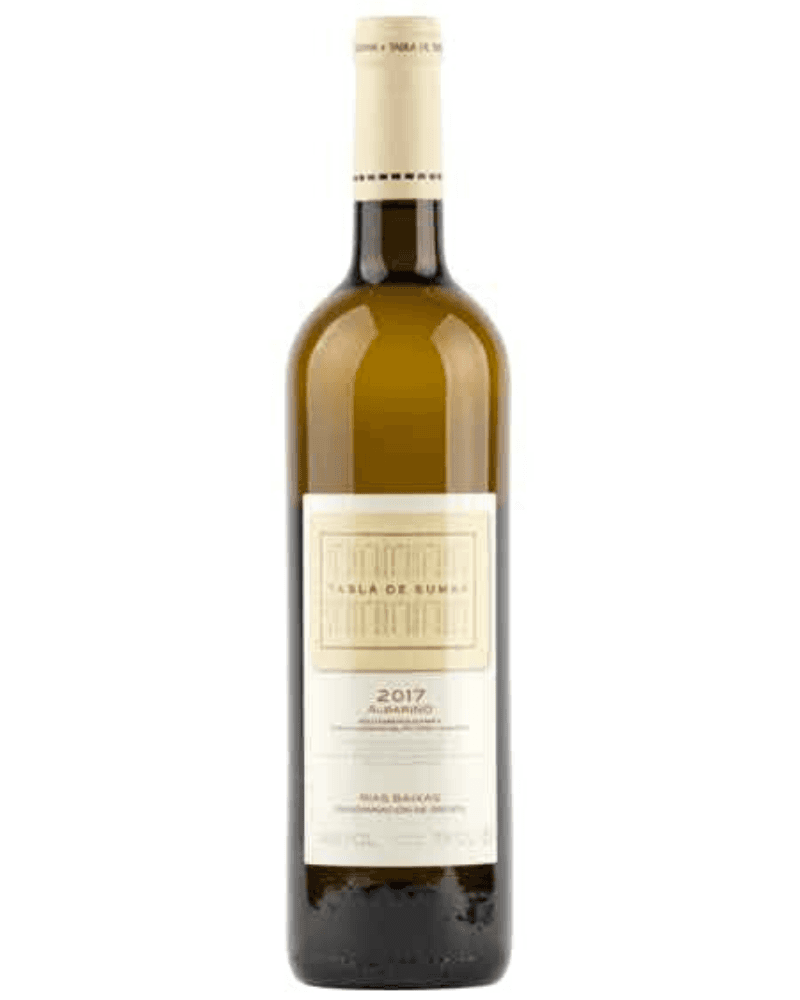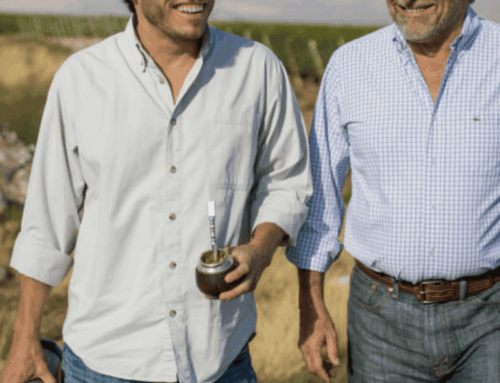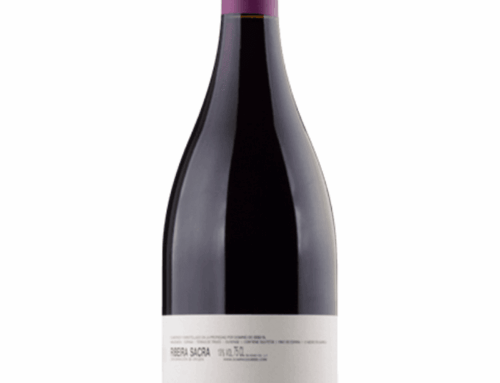Wines From Rias baixas
Celtic country ubicated just in north-west Spain, Galicia is, actually, clearly one of the most dynamic wine producing region of Spain. So far, you will find 5 DO (denominación de Origen) that works principally with endemic varieties (and many of them shared with Portugal). In the past 20 years, the Galician wine scene has metamorphosed completely. Now, producers (especially smaller sized estate) are defending and promoting their beautiful wines thanks to a deeper understanding of their soil, grape varieties and clever cellar work!
Galicia enjoys a rather isolated situation within the Iberian peninsula. The “Sierra de los Ancares” to the east, the Atlantic ocean to the west and the Miño river that separates Galicia from the northern part of Portugal. Humid and warm (2000 hours of sun), some vineyards are using the pergola training system in order to promote aeration allowing to dry the grapes, thus avoiding cryptogamic diseases.
Diversity (soil, indigenous vareties, climates…)
Then the diversity, also, comes from the land (topography and soil), climates, training systems and cultivars. As a matter of fact, Galicia is proudly cultivating indigenous grape varieties and some of the most recognized are : Albariño, Godello, Treixadura, Mencia, Brancellao, Merenzao. Unlike many other Spanish wine regions that are elaborating wine from international varieties (Chardonnay, Cabernet Sauvignon, Merlot…)
DO Rias Baixas :
World-wide famous wine region for producing some light, crisp and semi-aromatic white.
Rias Baixas is covering more than 4000 has of vines, making it the largest DO in Galicia. It is divided in 5 sub-zones :
- Ribera de Ulla
- Val do Salnes (60% of total production)
- Soutomaior
- O Rosal
- Contado do Tea
Here the very poor soils are mainly granitic, sometimes covered with clay, sand or lime. Albariño is the main variety, it ripens early and it has a thick skin which helps to prevent cryptogamic diseases. Treixadura, Caiño blanco, Godello, loureira and Torrontes (also known as Fernao Pires or Maria Gomez in Portugal).
As, some red varieties are also planted for instance Mencia, Brancellao, souson, caino tinto, but are seldom seen and tasted:-)) with just46 has of vines, Ribera de Ulla is mostly planted with red varieties.
If Albariño is mentioned on the label, then the wine must contain at least 70% of it.
Palacio de Fefiñanes
Palacio de Fefiñanes is an historic producer, being one of the first to bottled his own production. (a bit like Marquis d’Angerville in Burgundy)
Their style is dry, crisp and clean. Their entry level is dry medium-bodied white that offer a fresh mouthwatering nose. Apples, citrus and apricot. The mid palate is complex and refreshing. Long with a great cleansing effect due to a great acidity.
Fefiñanes III años is a serious wine complex white wine, that combines freshness, depth and aromatic complexity. A gastronomic pleasure, that has been aged on the lees for at least 7 to 9 months. it is then released 3 years after it year of production or vintage. The result is mind blowing and elegant.
Muesli, honey, ripe fruits such as apricot and citrus. Very persistent, rich and lingering. Probably one of the most interesting “Aged” albariño, as they are not using oak to bring layers of complexity.
Compañia de Vinos Trico
Compañia de Vinos Trico is a rather small producer located in the Contado de Tea sub-area, and enjoys a warmer climate than Fefiñanes which is producing in Cambados (closer to the coast). Here several wines are elaborated. Tabla de Sumar is an unusual creamy, rich and full-bodied Albariño. Unoaked but highly complex with some.
Significantly different Trico is their flagship wine. Aged on the lees for a whole year as well as another full year in bottle before to be released. The resulting wine is a gastronomic pleasure, ideal for grilled scallops or quality fish and chips!
Bruised apples, apricot and citrus. The lee-aging influence is not overwhelming but its presence bring depth and a highly seductive oily texture. Fresh and balance.
To Conclude, be sure that soon, we will post about Ribeiro and Ribera Sacra. Great wines, still fresh but slightly fuller-bodied.








